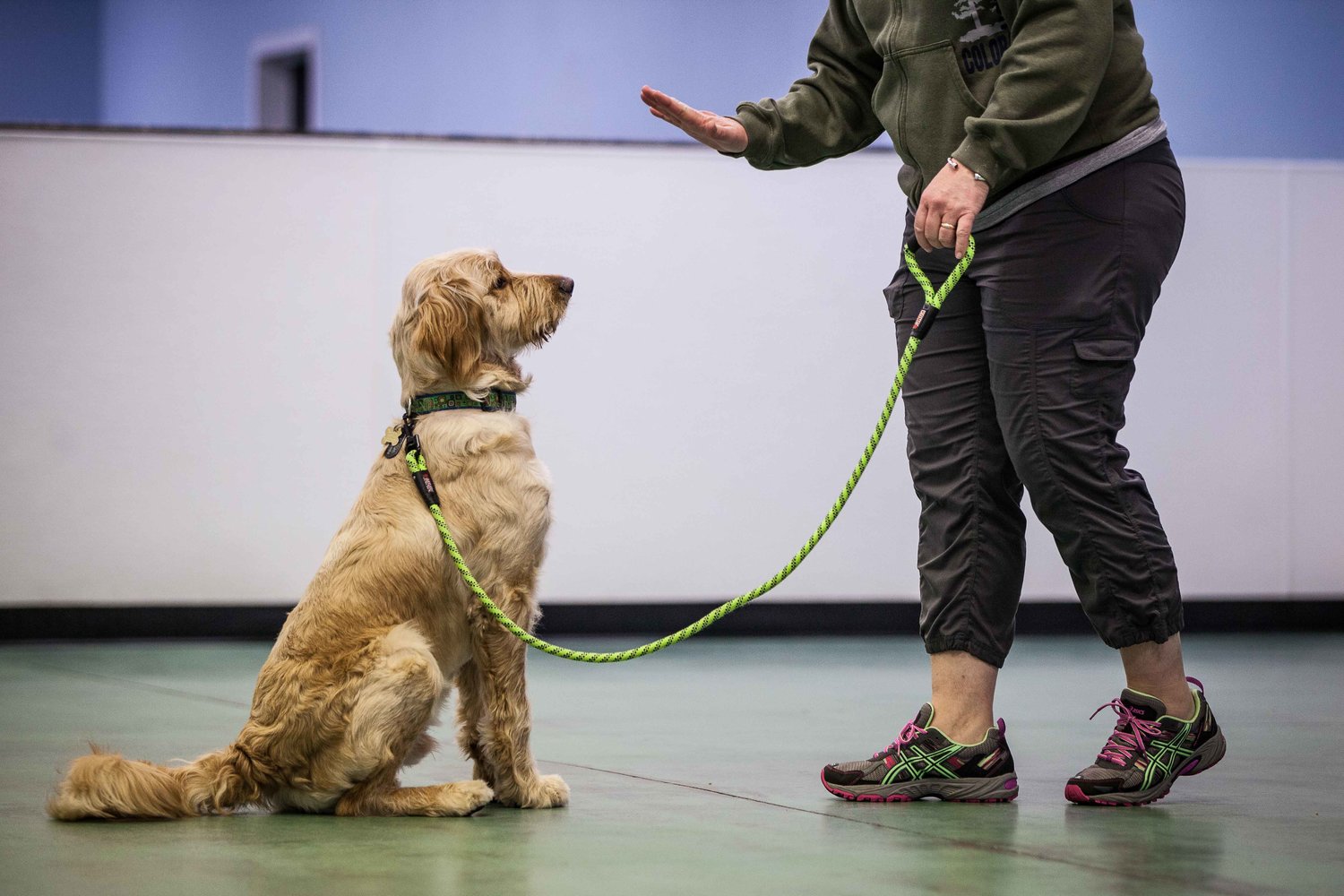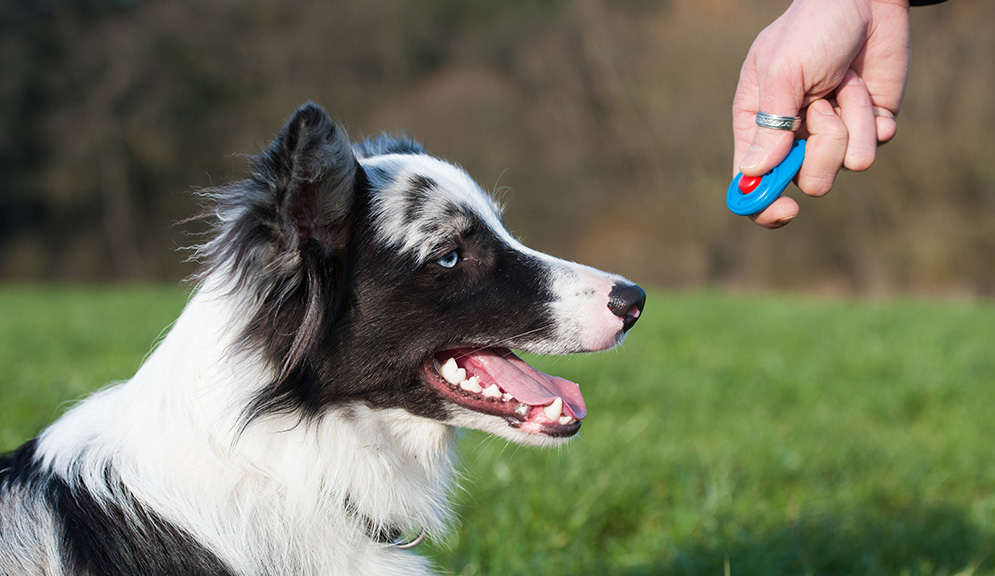The Role of Socialization in Dog Training for Better Behavior
The Role of Socialization in Dog Training for Better Behavior
Blog Article
Novice's Overview to Effective Canine Training at Home
Effectively educating a dog in your home requires a nuanced understanding of canine habits and effective interaction strategies. Developing clear training objectives, making use of high-grade benefits, and preserving consistency across relative are essential components. Incorporating training into daily regimens can boost both engagement and retention. Nevertheless, several newbie fitness instructors experience obstacles that might hinder development. To browse these intricacies efficiently, it's vital to explore numerous crucial aspects that can transform your method and cause a harmonious partnership with your family pet. What fundamental principles should every novice understanding to make certain success?
Recognizing Pet Behavior
Understanding pet actions is necessary for effective training and cultivating a harmonious connection between humans and their canine buddies. Dogs connect mainly via body movement, articulations, and faces, making it essential for proprietors to interpret these signals properly. Recognizing habits such as tail wagging, grumbling, or cowering can supply understandings into a pet's emotional state and purposes.

Usual behavioral concerns, such as hostility, stress and anxiety, or extreme barking, often originate from misunderstandings or unmet demands. Observing and dealing with these issues immediately can stop escalation and make certain a positive training experience. By promoting a deep understanding of pet actions, proprietors can tailor their training methods to match their canine buddies, inevitably causing a contented and mannerly family pet.
Important Training Tools
A well-appointed training space can dramatically boost the effectiveness of dog training at home. Important training devices make sure that both the canine and the trainer can engage in effective sessions that foster discovering and bonding.

Spending in a durable chain and a comfy, well-fitting collar or harness is important for security and control. These devices aid establish limits and make certain the dog remains safe during training. Additionally, a designated training area, without diversions, help focus for both the pet dog and the fitness instructor.
Educating aids such as training pads, cones, or agility equipment can also boost the experience by introducing variety and challenges. Finally, having a notebook or digital app for tracking development can be vital, allowing you to note successes and areas for renovation. Making use of these essential tools will produce a favorable training setting and lay the structure for efficient learning.
Creating a Training Routine
Developing a constant training regimen is vital for effective dog training in your home. A well-structured regular not just assists in strengthening desired actions yet likewise gives your pet with a complacency and predictability. To develop an efficient training regular, start by identifying certain training objectives, such as standard commands, leash strolling, or housebreaking.
Pick a designated time daily for training sessions, preferably when your pet is sharp and receptive. Sessions must be short, about 5 to 15 mins, to keep focus and prevent tiredness. Consistency in timing and environment will certainly boost your dog's knowing experience.
Incorporate training right into daily tasks to reinforce abilities. As an example, method commands throughout walks or mealtime, which incorporates finding out into all-natural regimens. In addition, stay flexible and change the routine as needed, suiting your pet dog's power degrees and state of mind.
Favorable Reinforcement Strategies
Favorable support methods are basic to efficient pet training, advertising preferred habits through benefits instead of punishment. This approach uses positive stimulations, such as deals with, praise, or playtime, to urge canines to repeat certain this link actions. The keystone of this method is timing; benefits must be provided quickly adhering to the wanted actions to create a clear organization.
When carrying out favorable reinforcement, it is necessary to select incentives that are inspiring for your pet. High-value deals with, such as tiny pieces of hen or cheese, can be specifically efficient throughout training sessions. Furthermore, differing the rewards can maintain your pet's rate of interest and enthusiasm.
Beginning with easy read here commands, like "rest" or "remain," and progressively progression to more complicated tasks. Consistency is crucial; ensure that all member of the family utilize the very same commands and reward systems to stay clear of complication.
Moreover, it is essential to remain patient and stay clear of aggravation. Dogs, like human beings, learn at their very own pace. By promoting a helpful training setting through positive reinforcement, you can boost your dog's understanding experience while strengthening the bond in between you and your fuzzy friend, laying the groundwork for successful training outcomes.
Usual Training Challenges
While training a pet dog in your home can be a rewarding experience, it typically features a collection of typical challenges that can examine both perseverance and uniformity. One widespread issue is diversion. Dogs might end up being quickly sidetracked by noises, motions, or even aromas in their atmosphere, making it tough to preserve their focus throughout training sessions.
An additional difficulty is incongruity More about the author in commands and reinforcement. If member of the family utilize various cues or rewards, it can perplex the pet dog and impede progress. Developing a unified strategy is vital for reliable communication.
Furthermore, canines can experience frustration or stress and anxiety, specifically if they do not comprehend what is anticipated of them. This can result in undesirable habits, such as chewing or barking.
Finally, the timing of support is vital (Dog training). Delayed rewards can diminish the performance of positive reinforcement, as pets may stop working to attach the habits with the reward
Overcoming these challenges requires commitment, clear interaction, and an organized training plan. Acknowledging and dealing with these typical barriers will pave the means for an extra successful and enjoyable training experience in your home.
Final Thought
Finally, successful canine training in the house demands an extensive understanding of canine actions and efficient communication techniques. By developing clear training goals and using high-quality deals with together with favorable support, the training process ends up being much more gratifying for both the instructor and the canine. Consistency, perseverance, and flexibility are essential components that assist in discovering. Ultimately, integrating training into day-to-day routines improves the bond between pet and owner, making the experience both enjoyable and efficient.
Establishing a consistent training routine is vital for effective pet dog training at home.Positive reinforcement strategies are fundamental to effective canine training, promoting preferred habits via rewards instead than penalty (Dog training). By cultivating an encouraging training atmosphere with favorable reinforcement, you can boost your dog's knowing experience while enhancing the bond in between you and your fuzzy buddy, laying the groundwork for successful training results
In conclusion, successful canine training at home necessitates a detailed understanding of canine actions and reliable interaction strategies. By establishing clear training goals and utilizing top notch treats together with favorable support, the training process ends up being extra fulfilling for both the trainer and the pet.
Report this page